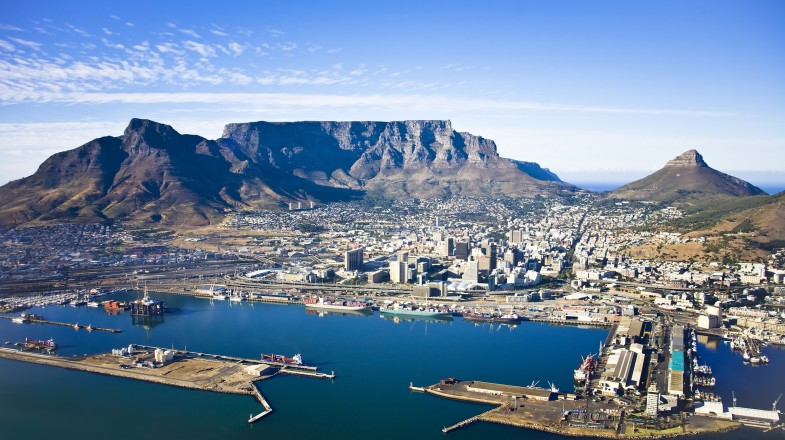When visiting Durban, a coastal city in South Africa, there are several attractions and activities that you can include in your itinerary. Here’s a suggested itinerary for a memorable trip to Durban:
DAY 1:
Golden Mile: Start your trip by exploring Durban’s famous Golden Mile, a stretch of beachfront promenade. Take a leisurely walk along the coastline, enjoy the warm waters of the Indian Ocean, and relax on the sandy beaches.
uShaka Marine World: Visit uShaka Marine World, a popular marine theme park and aquarium located on the Golden Mile. Explore the various exhibits, watch dolphin and seal shows, and even have the opportunity to snorkel or dive with sharks.
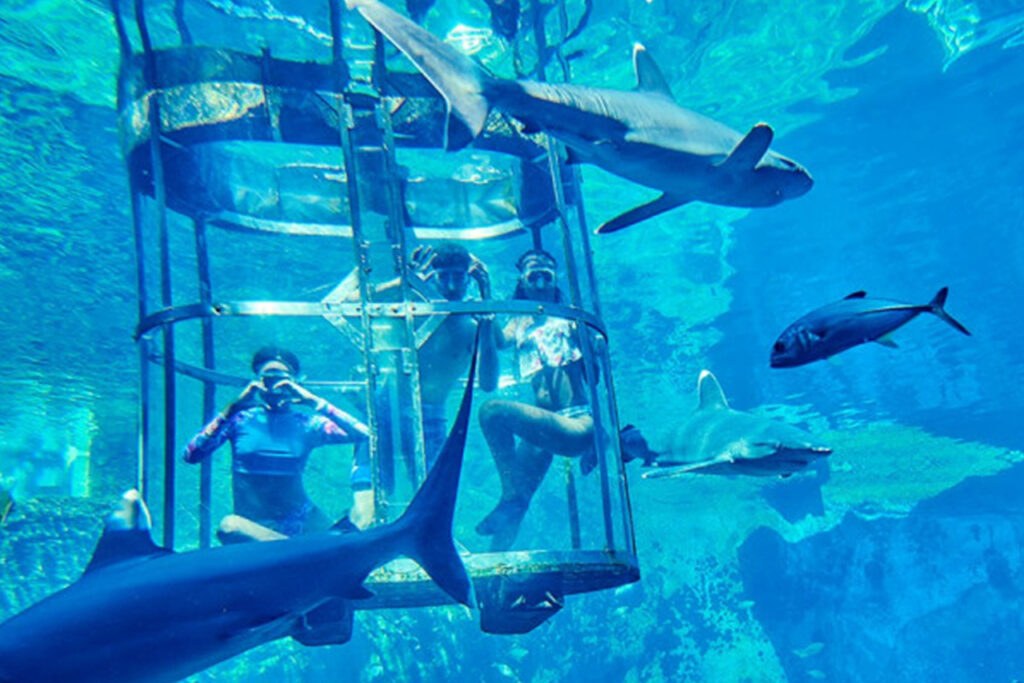
DAY 2:
Durban Botanic Gardens: Spend the morning exploring the Durban Botanic Gardens, one of Africa’s oldest gardens. Take a leisurely stroll through the beautiful grounds, enjoy the diverse plant collections, and relax in the peaceful surroundings.
Moses Mabhida Stadium: Head to Moses Mabhida Stadium, an iconic landmark in Durban. Take a ride on the SkyCar to the top of the arch for panoramic views of the city and the coastline. For the more adventurous, try the Big Swing or take a Segway tour around the stadium.
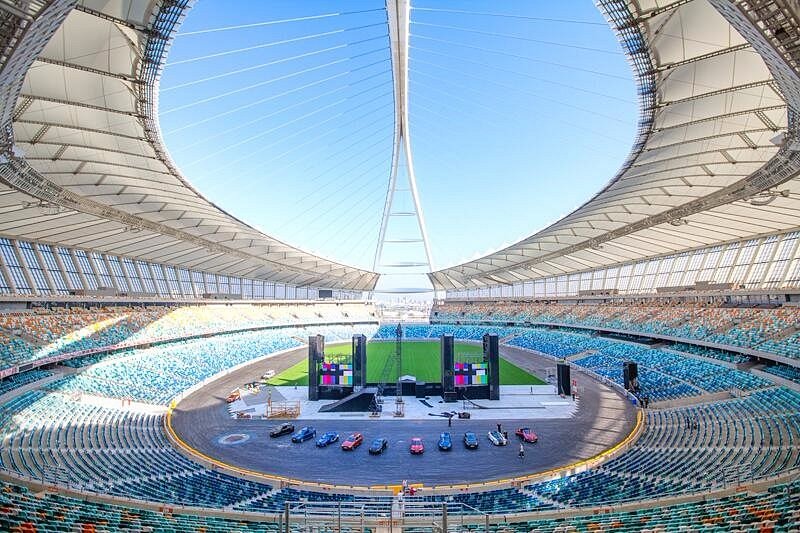
DAY 3:
Valley of a Thousand Hills: Take a day trip to the Valley of a Thousand Hills, located just outside Durban. Enjoy the breathtaking scenery, visit traditional Zulu villages, and experience Zulu culture through dance performances and crafts.
PheZulu Safari Park: While in the Valley of a Thousand Hills, visit PheZulu Safari Park. Take a guided tour to see crocodiles and snakes up close, learn about Zulu culture, and enjoy a traditional Zulu meal.
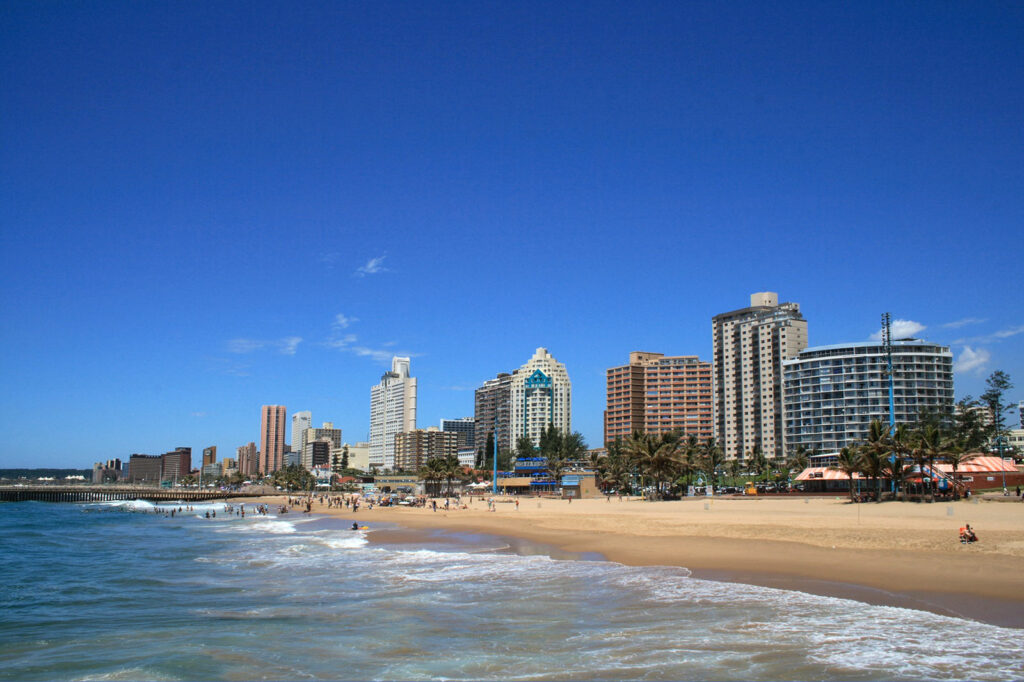
DAY 4:
Durban City Tour: Explore the city center of Durban. Visit the Victoria Street Market, where you can browse through a variety of stalls selling spices, arts, crafts, and clothing. Discover the Juma Masjid Mosque, the largest mosque in the Southern Hemisphere, and explore the nearby Indian Quarter.
KwaMuhle Museum: Visit the KwaMuhle Museum to learn about Durban’s history, particularly its apartheid-era past. The museum exhibits focus on Durban’s urban growth, migrant labor system, and the struggles faced by non-white communities during apartheid.

DAY 5:
Durban Natural Science Museum: Spend the morning at the Durban Natural Science Museum, which houses extensive collections of South African flora, fauna, and geological specimens. Learn about the region’s biodiversity and cultural history through the museum’s exhibits.
Wilson’s Wharf: Visit Wilson’s Wharf, a waterfront complex that offers a variety of restaurants, shops, and entertainment options. Enjoy a meal overlooking the harbor, browse through local craft stores, or take a relaxing boat cruise.
This itinerary provides a mix of beach activities, cultural experiences, natural beauty, and historical exploration, allowing you to make the most of your visit to Durban. Remember to check the opening hours and availability of attractions, and plan your days accordingly. Durban offers a unique blend of coastal charm, cultural diversity, and natural beauty.
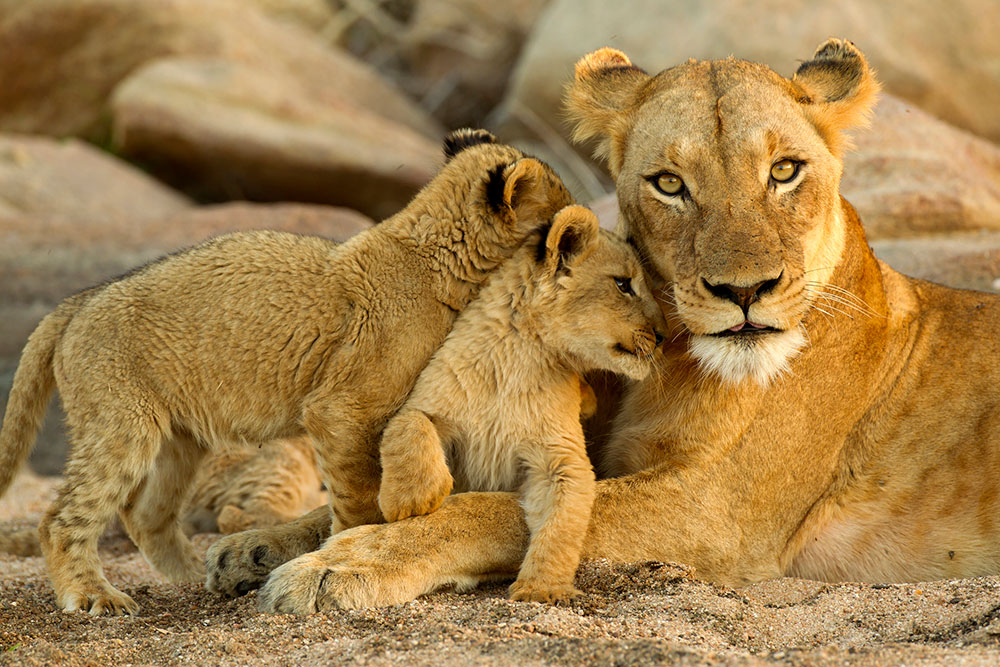
Durban, located on the eastern coast of South Africa, has a rich and diverse history shaped by various influences. Here’s an overview of the history of Durban:
Early History: The area where Durban is situated was originally inhabited by indigenous communities, including the San and Nguni people. These groups lived off the land, engaging in fishing, hunting, and farming.
Colonial Era: In 1497, Portuguese explorer Vasco da Gama sailed along the eastern coast of Africa, but it was not until 1823 that Europeans established a permanent presence in the area. In that year, a small group of British traders established a trading post and named it Port Natal. The British sought to establish a settlement to facilitate trade with the Zulu kingdom and the interior of Africa.
The Arrival of the Voortrekkers: In 1838, the Voortrekkers, Dutch-speaking farmers of Dutch and German descent, arrived in Natal after migrating from the Cape Colony. Tensions arose between the Voortrekkers and the Zulu kingdom, leading to the Battle of Blood River in 1838. The Voortrekkers emerged victorious, and in the aftermath, the British gained control of Natal.
The Establishment of Durban: In 1835, Port Natal was renamed Durban, after Sir Benjamin d’Urban, the governor of the Cape Colony at the time. Durban became an important port due to its strategic location and the establishment of a sugar industry. The British colonial authorities expanded the port facilities and infrastructure to accommodate increased trade and economic activity.
Indian Indentured Laborers: During the mid-19th century, Durban experienced an influx of Indian laborers who were brought to Natal as indentured servants. These laborers played a significant role in the development of the sugar industry and had a lasting impact on the cultural and demographic landscape of Durban. Today, Durban has one of the largest Indian populations outside of India.
Apartheid and Resistance: Like the rest of South Africa, Durban was subject to the apartheid policies implemented by the National Party from 1948 to 1994. Apartheid enforced racial segregation, discrimination, and social inequality. Durban’s non-white communities faced forced removals from certain areas and experienced significant challenges during this time. However, the city also became a hub for anti-apartheid activism and resistance.
Post-Apartheid Durban: Following the end of apartheid, Durban underwent significant changes. The city experienced urban renewal projects, infrastructure development, and improvements in social services. Durban has also become a popular tourist destination, known for its beaches, cultural diversity, and vibrant atmosphere.
Durban’s history is a testament to its diverse cultural heritage and the struggles faced during colonialism and apartheid. Today, the city reflects a blend of African, Indian, and European influences, making it a unique and multicultural destination.


